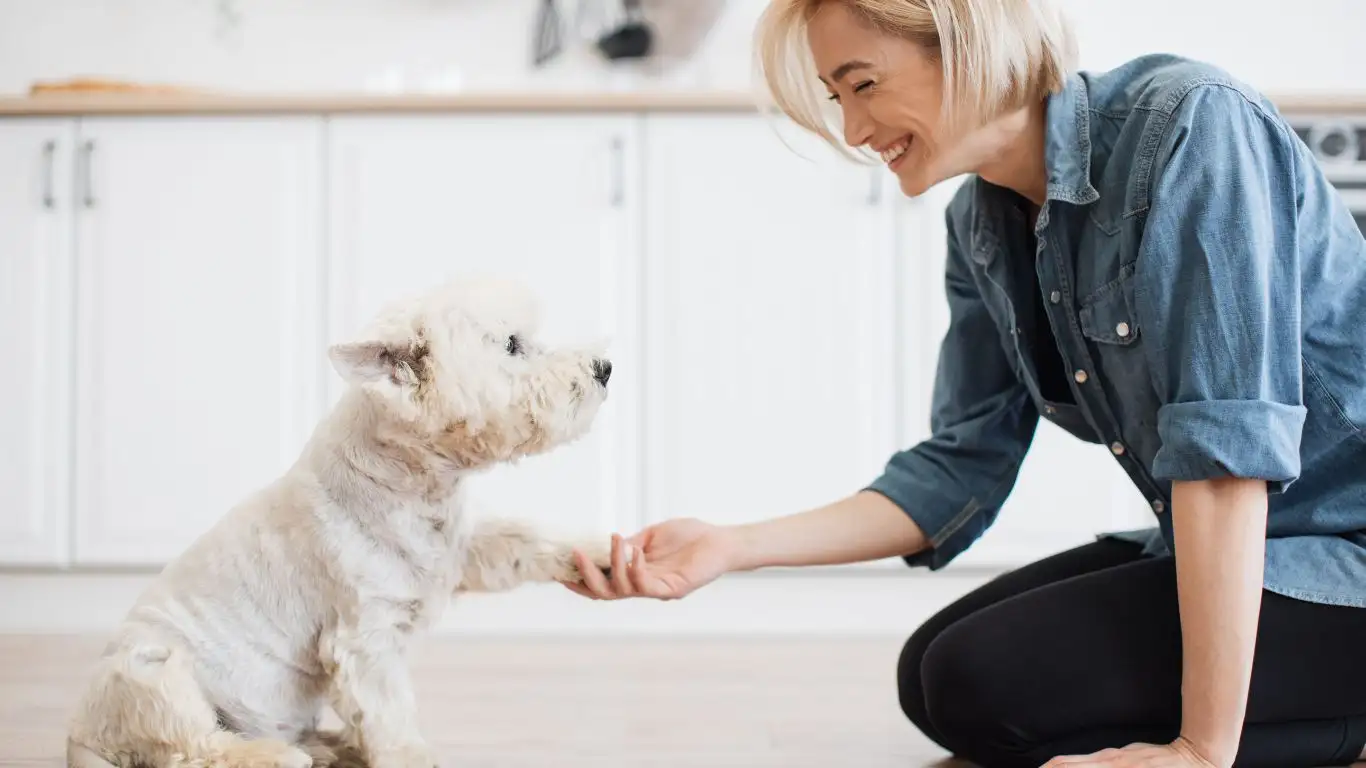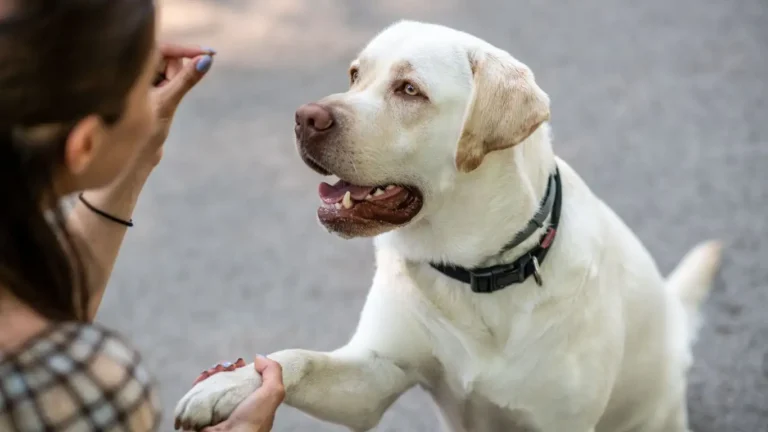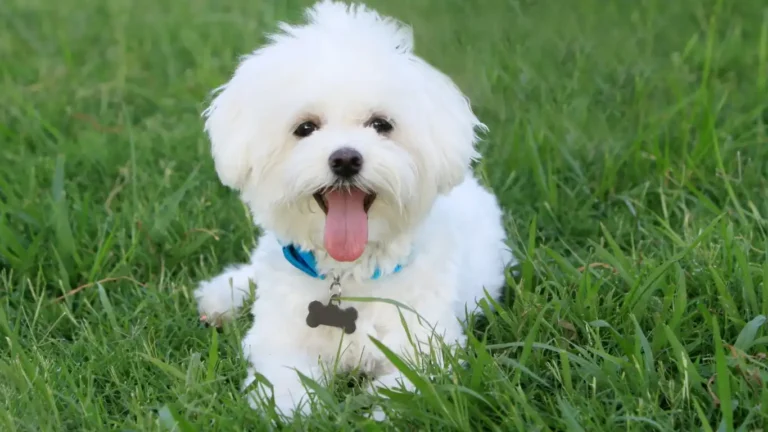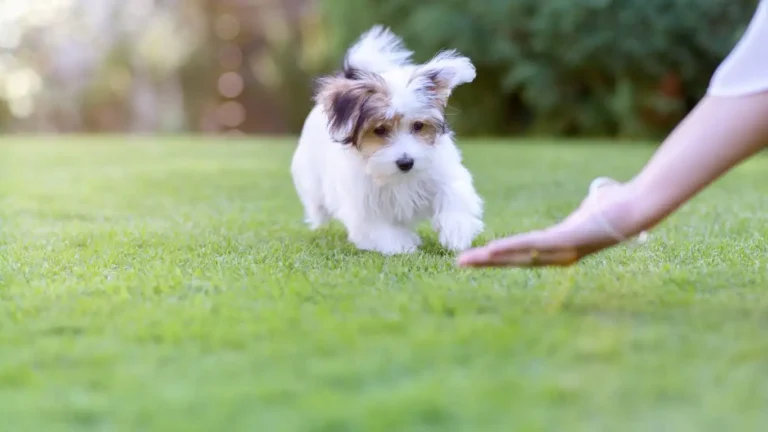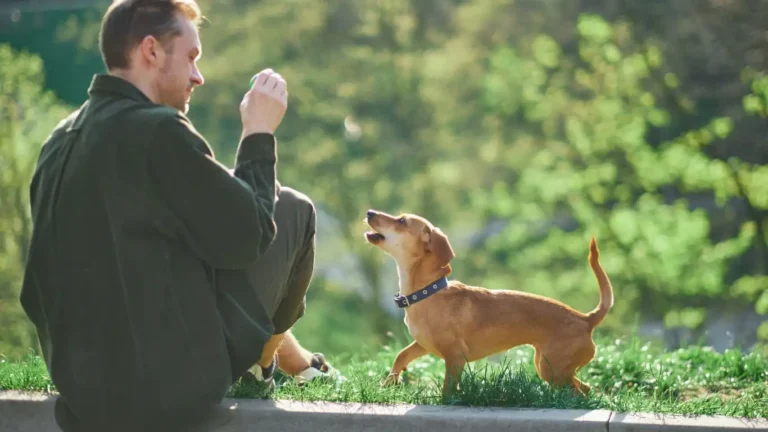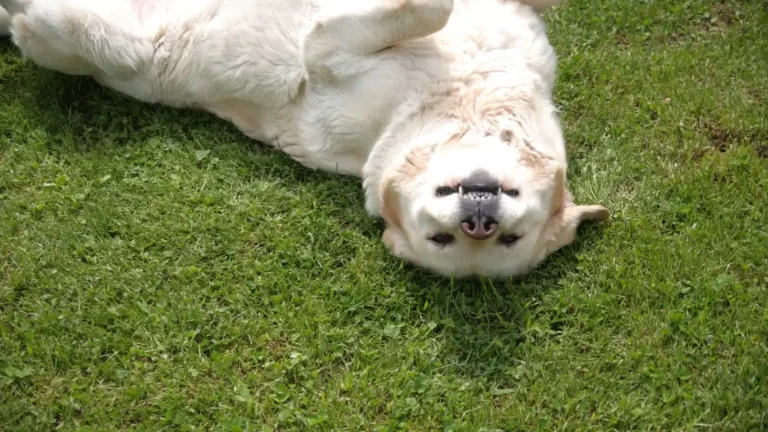How to Train a Dog to Avoid People in Wheelchairs Calmly
When it comes to teaching a dog how to behave appropriately around people in wheelchairs, especially in public or therapy settings, patience, empathy, and understanding are non-negotiables. So, if you’re searching for practical guidance on how to train a dog to avoid people in wheelchairs, you’re in the right place. As someone who’s worked extensively as a Canine-Assisted Therapy Trainer, I’ve seen firsthand how dogs can learn to be both respectful and intuitive — but only when we train them with intention and compassion. And trust me, it’s not just about commands; it’s about communication.
Why It’s Important to Teach Dogs to Avoid Wheelchairs

This might sound counterintuitive at first — don’t we want therapy dogs to engage with everyone, including those in wheelchairs? Yes and no. In many cases, individuals using mobility devices may not want unexpected attention from a dog, especially a large or excitable one. I’ve had several clients tell me that even well-meaning dogs have caused anxiety by getting too close, sniffing, or nudging their chair. So teaching avoidance — or more accurately, respectful distance — is actually about teaching your dog to be discerning and well-mannered around assistive devices.
Start with a Calm Foundation
Before you even introduce a wheelchair into training, your dog should already have a basic understanding of obedience. That means:
- Reliable sit, stay, and leave it commands
- Leash manners (no pulling or lunging)
- Calm behavior around distractions
One trick I always use in the early stages is to practice in an environment where the dog already feels safe and confident — like the backyard or living room. Trying to do this in a public park on Day 1 is asking for overwhelm. Baby steps are your best friend here.
Introducing the Wheelchair in a Controlled Way
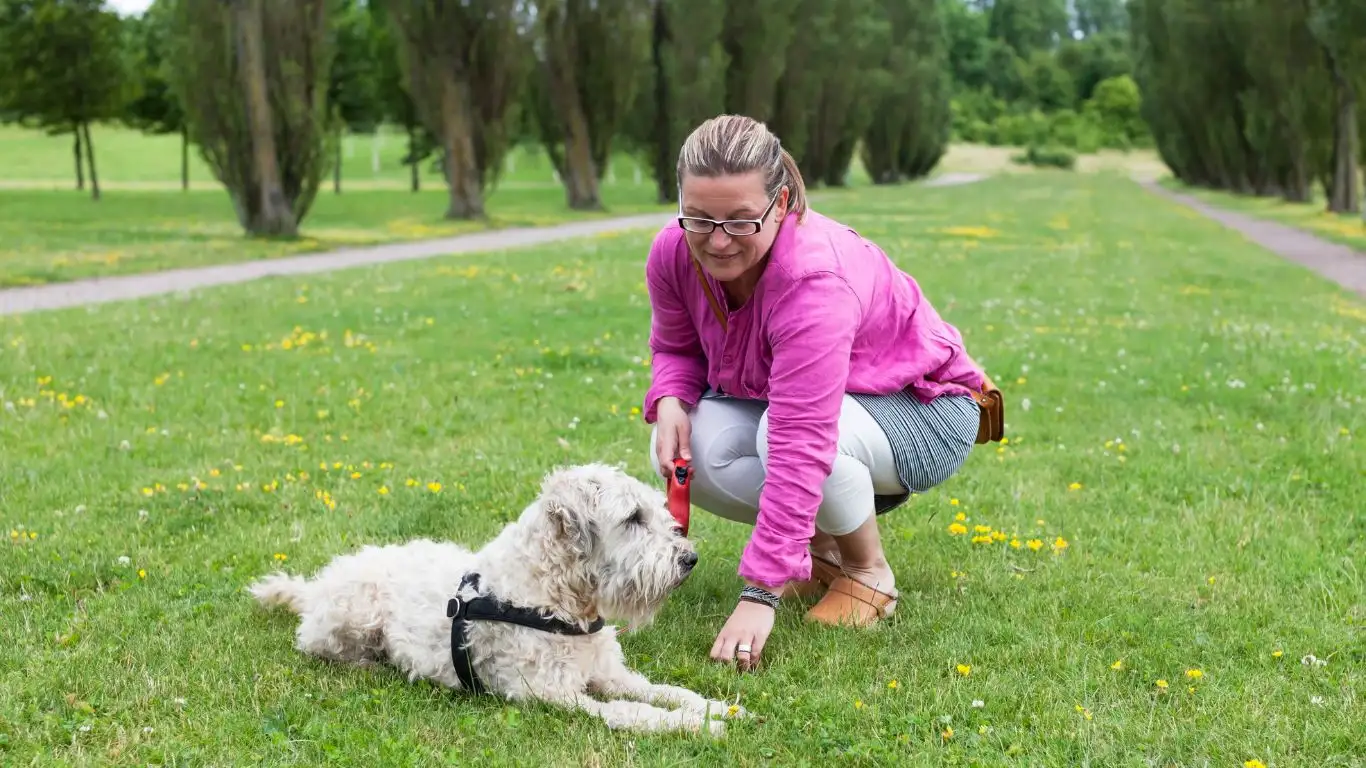
The first time I introduced my young Labrador, Luna, to a wheelchair, I made sure it wasn’t moving and that she was on a short leash. We used treats and positive reinforcement every time she acknowledged the chair from a distance without trying to approach. The goal here? Neutral exposure. We’re not looking for tail wags or play behavior — we’re rewarding calm indifference.
- Place the wheelchair in the room without a person in it.
- Allow the dog to observe from a distance, rewarding for calm behavior.
- Gradually decrease the distance over several sessions — no rushing!
- If your dog fixates, redirects, or seems nervous, take a step back and reduce the intensity.
I always tell my clients this: If your dog can walk past a wheelchair like it’s a lamppost, you’re doing it right.
Using Movement to Build Respect
Once your dog is comfortable with the wheelchair just sitting there, the next big milestone is movement. This is where a lot of dogs get tripped up — that rolling motion can be super stimulating, especially for herding breeds.
Here’s how I do it with my therapy dogs-in-training:
- Have someone slowly push the wheelchair while you keep the dog at your side, leashed.
- Use high-value treats to keep your dog’s attention on you, not the chair.
- Reinforce any signs of relaxation — ears neutral, body loose, mouth slightly open.
- If your dog wants to lunge or bark, immediately create distance and reset.
It took Luna about three weeks before she could ignore a moving wheelchair completely — and that’s with daily short sessions. It’s not about speed; it’s about consistency and understanding your dog’s pace.
Understanding Dog Body Language Around Mobility Devices
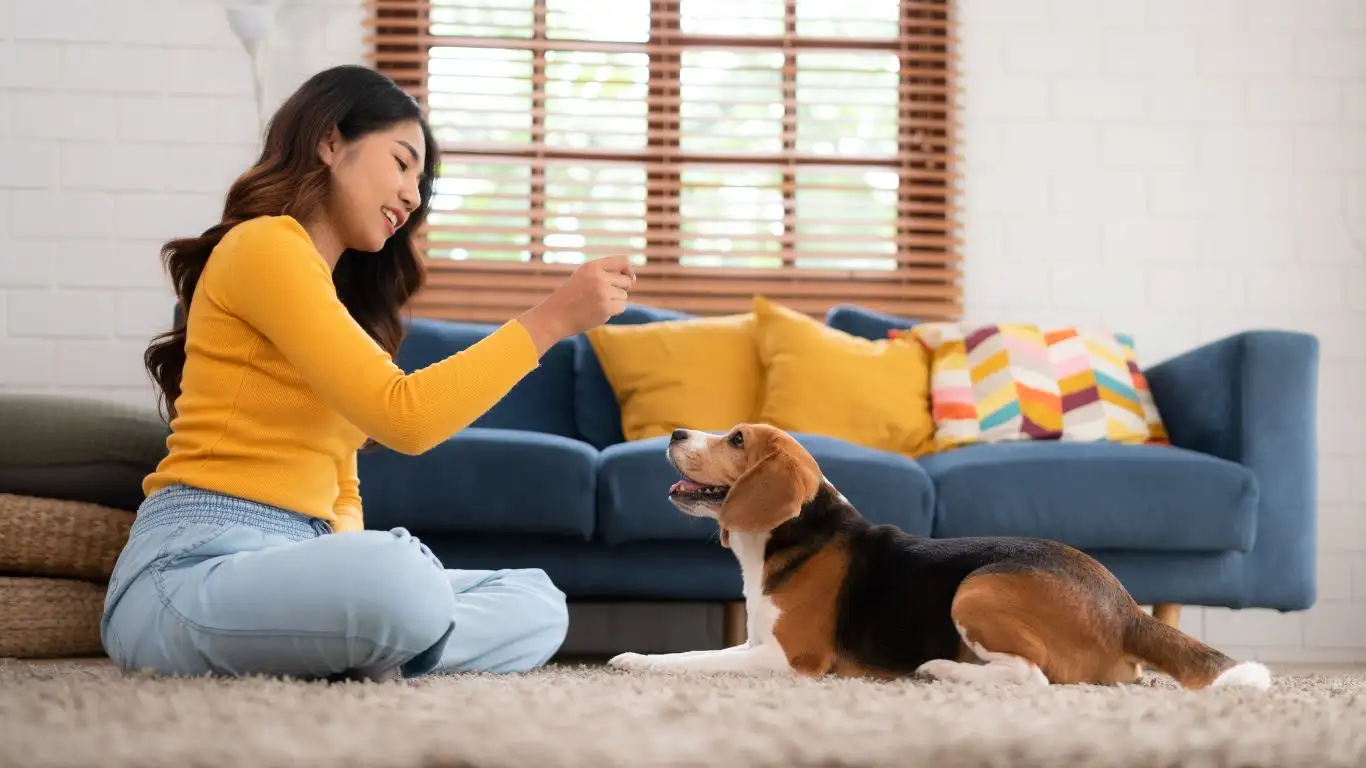
One thing I wish more trainers paid attention to is body language. Dogs communicate stress long before they bark or bolt. Watch for:
- Whale eyes (white of the eyes showing)
- Stiff body posture
- Yawning or lip licking (when not tired or hungry)
- Sudden sniffing or avoidance behaviors
Spotting these signs early lets you intervene before your dog associates wheelchairs with anxiety or overwhelm. That alone can shave weeks off your training timeline.
Alright, so that covers the essentials of getting your dog prepped for more focused training around people in wheelchairs. Up next, we’ll dig into how to teach real-world behaviors like polite passing, ignoring friendly greetings, and when to use “leave it” versus “stay.” I’ve got some great stories from past therapy visits to share — including one where a dog figured out how to guide around a power chair ramp all on his own. True story.
Training Your Dog to Politely Pass a Wheelchair
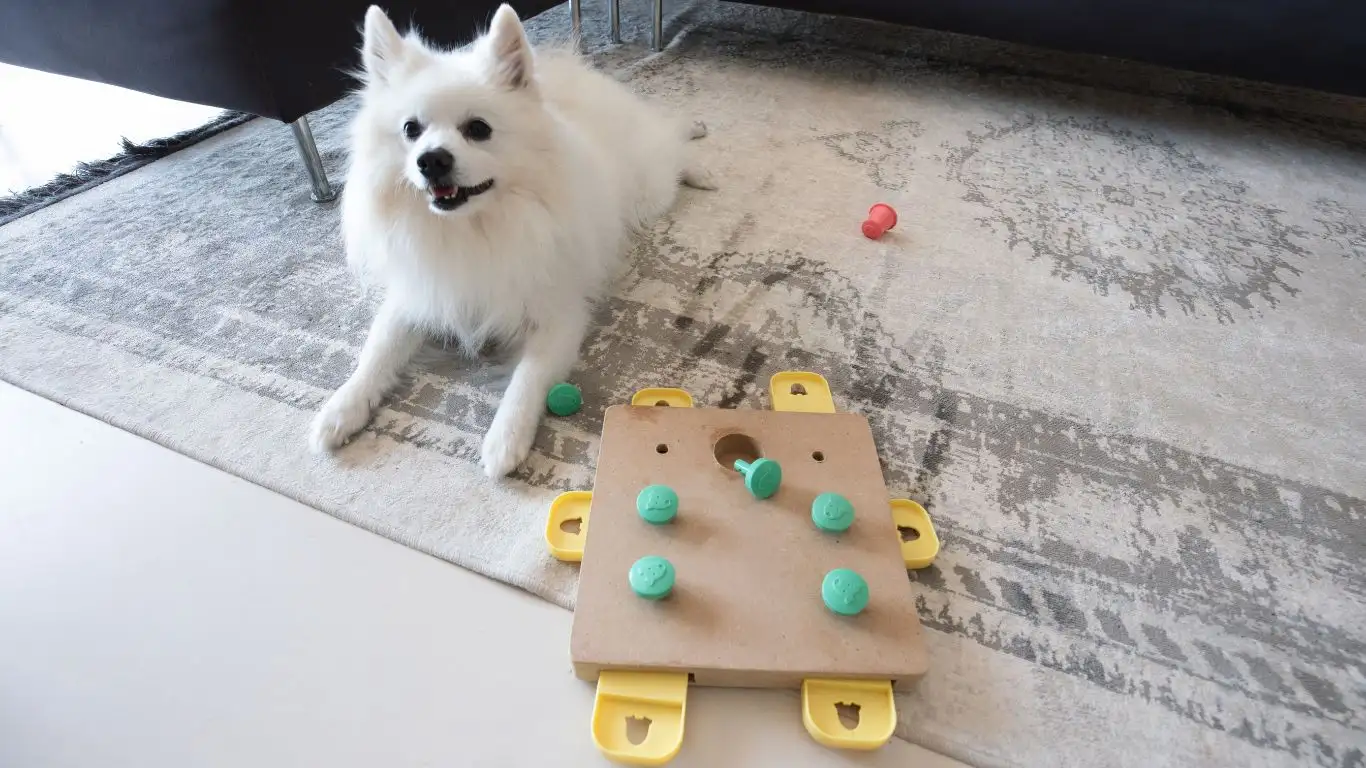
Now that your dog is comfy just being around a wheelchair, it’s time to teach polite passing — something I emphasize a lot in my therapy dog workshops. It might seem simple, but getting your pup to calmly walk past someone in a wheelchair without sniffing, staring, or darting is a big win.
Here’s how I usually break it down:
- Start with a controlled setup: a friend or helper in a wheelchair, parked along a walking path.
- Walk your dog past on a short leash, using focused engagement (like eye contact or a favorite treat) to keep attention on you.
- If your dog turns to look at the chair but keeps walking, reward that behavior. That’s perfect!
- If they stop, sniff, or pull toward it, gently redirect and try again — and don’t forget to praise when they get it right.
I remember one session with a golden retriever named Milo who just couldn’t resist greeting everyone — especially folks in wheelchairs. But after a week of focused passing drills with lots of praise, we saw a big shift. Now he walks past like a seasoned therapy dog, tail neutral and eyes on his handler.
When to Use “Leave It” vs “Stay”
This one’s important — timing makes all the difference. “Leave it” is ideal when your dog is tempted by a distraction but hasn’t fully engaged yet. Think of it like: “Don’t even think about it.”
“Stay,” on the other hand, is more about maintaining position and focus. I often use it when we’re parked somewhere and someone in a wheelchair is approaching — maybe in a hospital hallway or assisted living facility.
- Use “leave it” when your dog is curious or drifting toward a wheelchair.
- Use “stay” when you want your dog to remain still and avoid movement while someone in a wheelchair passes by.
Pro tip from experience: Practice “leave it” with lower-value temptations first (like dropped treats) before asking your dog to ignore a moving object with a person in it. It’s a skill that builds in layers.
Teaching Dogs to Respect Personal Space

This one’s huge. Personal space is often overlooked in dog training — but it’s essential when working with individuals who use mobility aids. A lot of the time, the person in the chair can’t move away from an overly friendly dog, which puts the responsibility on us to train respectful boundaries.
What’s worked for me and the dogs I train is something I call the “invisible bubble” method. Basically, you teach your dog there’s an invisible circle around the person in the wheelchair — and unless invited, they don’t enter that space.
To teach this:
- Have someone sit in a wheelchair holding a treat or toy — but not offering it.
- Let your dog approach on a loose leash. If they stop short and look back to you, jackpot! Reward and praise like crazy.
- If they barge into the space, calmly redirect and try again from a bit farther away.
- Repeat until your dog understands that pausing and checking in with you earns the reward — not charging in.
One of my current trainees, a shepherd mix named Koda, really struggled with this. But after about ten short sessions, he began naturally stopping a few feet away and sitting, waiting for a signal. It was like a lightbulb moment — and watching that click is the best part of training, if you ask me.
Practicing Around Real-World Distractions

Once your dog gets the basics, it’s time to take things out into the real world. Think: parks, sidewalks, clinics — anywhere with natural distractions. That’s where the training really settles into long-term behavior.
Here are a few spots I love using for this phase:
- Local hospitals or nursing homes (with permission, of course)
- Outdoor malls or busy sidewalks where wheelchair users may be passing by
- Community centers or disability support groups that welcome therapy teams
During these sessions, I use a simple three-step approach:
- Observe — keep your dog at a distance and just watch the environment.
- Engage — ask for simple behaviors (sit, watch me) when a wheelchair user passes.
- Reward — reinforce calm behavior every time your dog ignores distractions without prompting.
There’s this unforgettable moment I had with my old therapy dog, Max — we were at a community center, and a young man in a motorized chair zoomed by us. Max didn’t flinch, didn’t pull, didn’t even look. He just turned to me like, “That was easy, Mom.” That’s the level of calm confidence we’re aiming for.
Alright, with those skills building up, your dog’s starting to develop a real awareness of how to respectfully navigate the world — wheelchairs included. Next, I’ll walk you through how to reinforce this behavior long-term, handle surprise encounters, and work with children or therapy scenarios where things get a bit more unpredictable. It’s where the training turns into everyday good manners.
Reinforcing Long-Term Behavior Around Wheelchairs

So by now, your pup’s doing great — calm around wheelchairs, respectful of personal space, and confidently navigating public settings. But here’s the truth: dogs, just like people, can slip up without regular practice. Reinforcement is everything.
One of my golden rules (pun intended — I work with a lot of Goldens!) is to treat every interaction as a teachable moment. If you’re walking past a person using a wheelchair, even casually at a park or store, use that moment to reward calm behavior. A soft “yes” and a treat or praise can go a long way to keep the lessons sticking.
Another tactic I use often is the “pop quiz” method. Randomly throughout the week, I’ll ask for a sit-stay when we’re near distractions or roll a lightweight walker past my dog during a training walk. This keeps their minds sharp and reinforces that these behaviors aren’t just for class — they’re for real life.
Using Maintenance Cues Consistently
Now’s the time to make your cues part of daily life. Here are a few ways I integrate them naturally:
- Say “leave it” gently whenever your dog notices a wheelchair — even if they’re not moving toward it.
- Use “watch me” as your go-to when you need to redirect curiosity.
- Practice “stay” when you’re stopped and someone rolls past, even if it’s a short moment.
I’ve found that by turning these cues into second nature, you don’t just get better behavior — your dog becomes more confident. They know what’s expected of them and feel good doing it.
Handling Unpredictable Situations Calmly
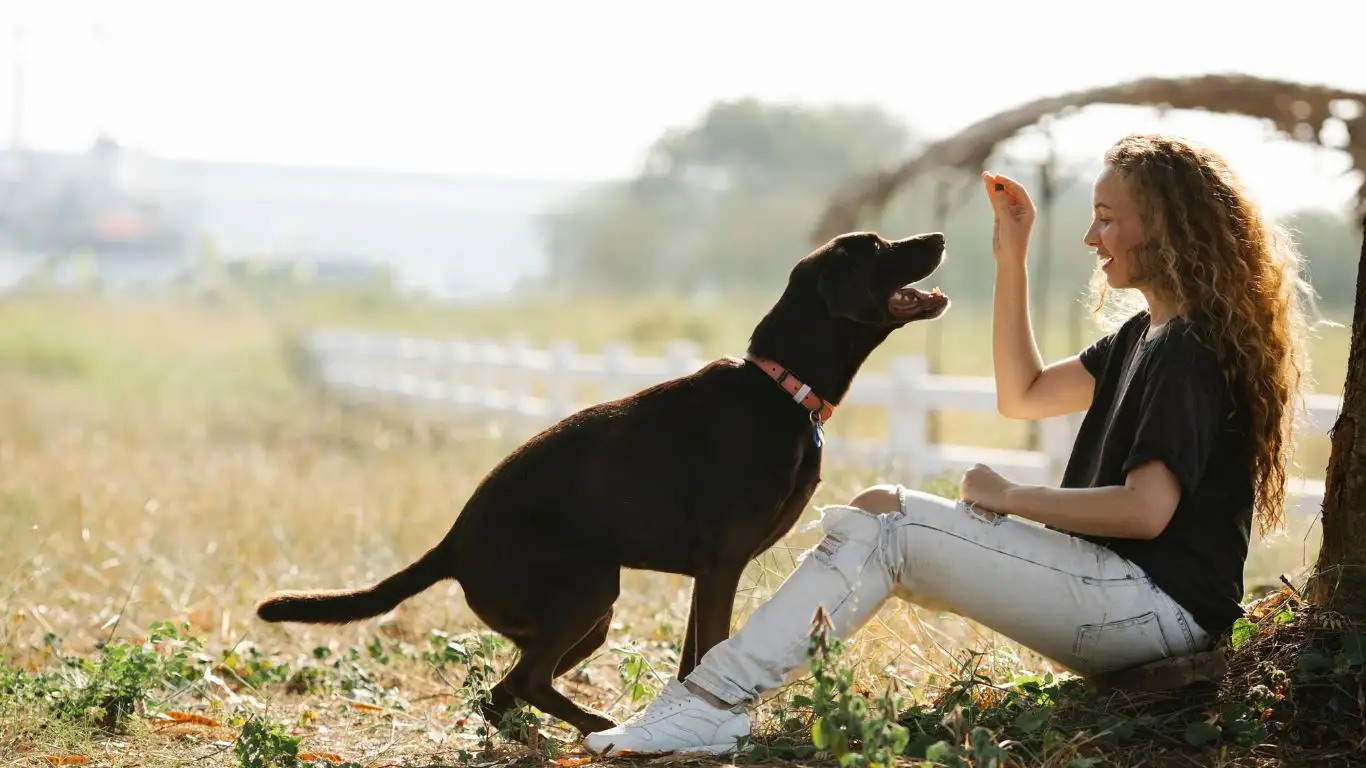
Here’s where things can get a little tricky — not every encounter is smooth or predictable. Maybe a wheelchair user approaches quickly, or your dog is already a little overstimulated. It happens. The key is to stay calm, respond instead of react, and help your dog settle.
Some tips that have worked well for me over the years:
- Distance is your friend. If your dog’s body language shifts — ears perk up, tail stiffens — calmly increase distance until they relax.
- Use movement as a reset. Walk in a small circle or do a figure-eight. This helps distract and diffuse nervous energy.
- Keep your voice relaxed. Avoid sharp corrections. A calm, confident tone works wonders, even if your pup’s having a moment.
One day, while doing a therapy visit with a husky named Boomer, a power chair zipped out from an elevator unexpectedly. Boomer startled and took a step back — totally understandable. I gave a soft “watch me,” redirected his attention, and we walked in a slow loop. Within 20 seconds, he was back to his usual self. It’s not about perfection; it’s about bounce-back.
Special Considerations for Children and Therapy Environments
If you’re training for therapy work, or you’re around children who use wheelchairs, there’s another layer of awareness needed. Kids are unpredictable — they might squeal, drop food, or make sudden moves that can be exciting (or overwhelming) for a dog.
Here’s what I recommend from personal experience:
- Start with distance exposure — allow your dog to watch children in wheelchairs from afar before moving closer.
- Practice “down-stay” in stimulating environments. That grounding position helps dogs stay calm and sends a message that it’s time to chill.
- Pair kids with wheelchairs with high-value reinforcement — cheese cubes, chicken, whatever your dog loves. The goal is to build positive associations.
I remember one amazing moment with a therapy dog named Daisy — a gentle doodle who adored kids. We worked with a young boy named Eli who used a wheelchair and communicated with a tablet. Over time, Daisy learned to wait patiently while Eli “spoke” to her using the device. It was slow, intentional work, but the connection they built? Absolutely unforgettable.
Final Thoughts and Resources
Training a dog to avoid people in wheelchairs isn’t about exclusion — it’s about respect. It’s about creating a safe, accessible environment where everyone feels comfortable, including your pup. And with consistency, observation, and the right training mindset, it’s absolutely achievable — I’ve seen it over and over again.
Whether you’re a professional trainer, a therapy team handler, or just a devoted dog parent, remember: your calm leadership shapes your dog’s confidence. It’s not about teaching them to ignore; it’s about teaching them to be aware and respectful — and that’s something truly special.
References
Disclaimer
This article is for informational and educational purposes only. It does not substitute for professional dog training or veterinary advice. Always consult with a certified trainer or veterinarian regarding your specific situation and your dog’s individual behavior or needs.
